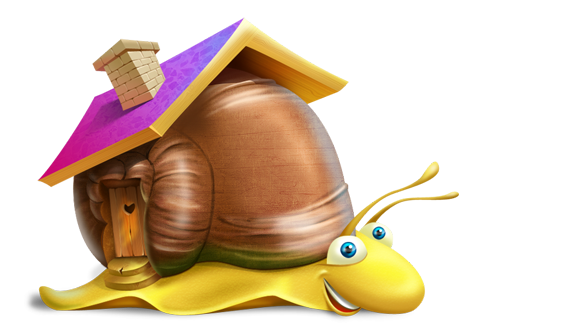What is the Teaching Method of Maria Montessori?

We all have seen the curiosity in a child's eyes. There always appears to be a constant “why”. This is actually one of the signs of the natural curiosity a child has, and, to some degree, it is a sign of the training he or she has already received.
Maria Montessori's teaching methodology has become very popular in today's zeitgeist. Her technique was recognized though, after she had already passed. She was one of the first learned women in all of Europe in the late 19th and early 20th century. She used this method with mentally challenged children; and, miraculously, these same children were in the end more learned than those without handicaps at all! She believed that the mundane methods used for teaching children in schools would not be motivational enough. I.e. sitting at desks, lack of mobility, or activity – she believed that all this did was add to the oppression of the children. This became the basis of her pedagogical activity – her aim was not the suppression of the child, by teaching and discipline, but it was the assistance of finding out their interests, which would add to their cognitive process of the things around them. Nowadays this should be a very urgent topic. Let us consider it in more detail.
Sensitive (specific periods where children are susceptible to accepting new information) periods by Mary Mantessori:
- from 0 to 6 years – the period of speech development
- from 0 to 3 years – the period of perception
- from 0 to 5.5 years – the period of sensory development
- from 1,5 to 2,5 years – the period of perception of details
- from 1 to 4 years – the period of mobility
- from 2.5 to 6 years – the period of development of social skills
We can use the knowledge of these periods to better understand the needs and opportunities of our children. Be sure in this all that you remember this one foundational rule - “help him or her to do it alone”. This is to say that we are not to do everything for the child, but to advocate their stimulation through the child's own activity; to evoke interest within him or her by natural introduction.
We all have seen the curiosity in a child's eyes. There always appears to be a constant “why”. This is actually one of the signs of the natural curiosity a child has, and, to some degree, it is a sign of the training he or she has already received. So therefrom lies the opportunity for us to take it easy (not too much) and go with the flow, enjoying the growing process, by simply doing things like, answering their endless questions, and introducing further the things they find pleasure in.
Here is a brief description of this theory.
Author: Svetlana Bozhieva
Child Psychologist



![Validate my RSS feed [Valid RSS]](images/valid-rss-rogers.png)